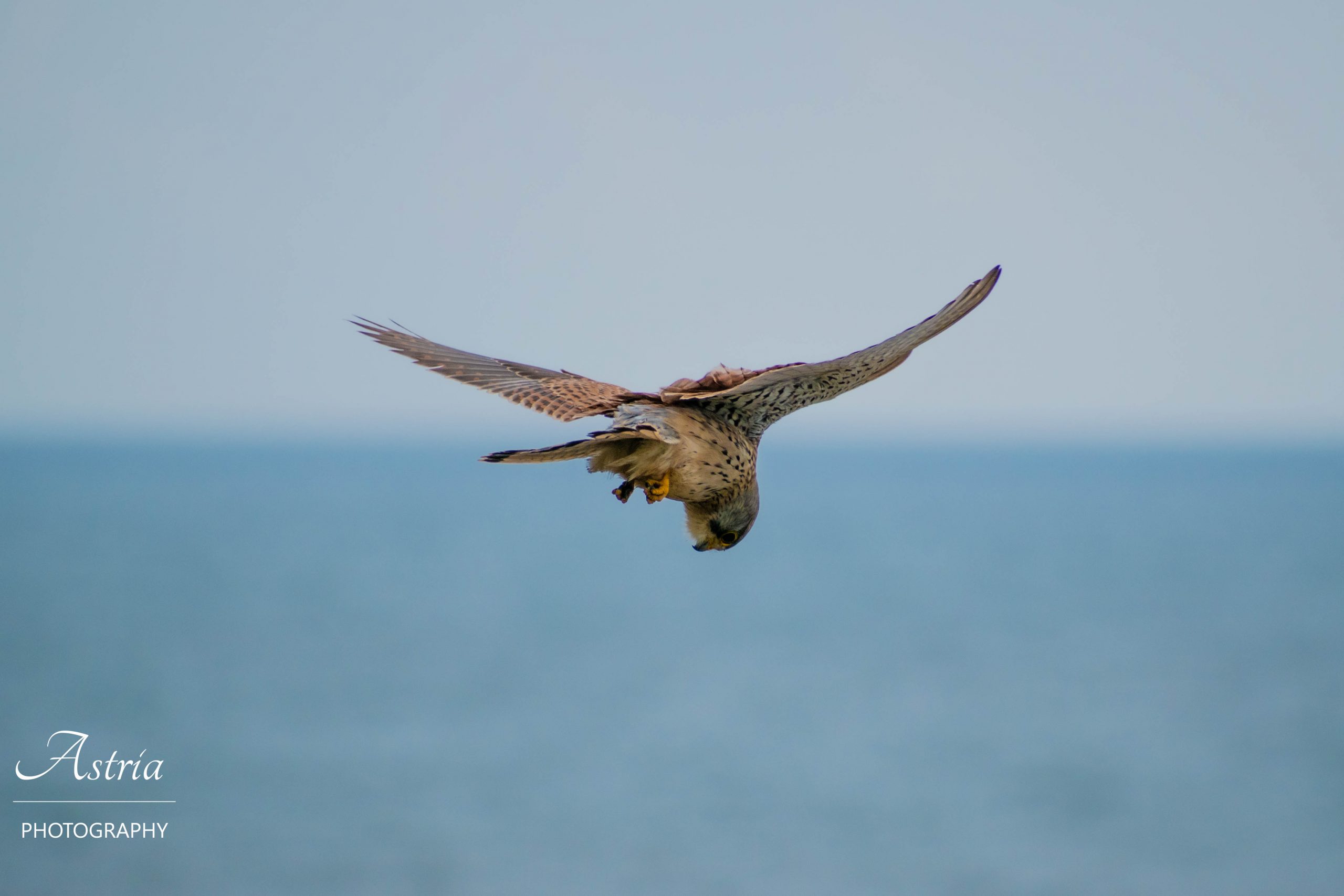Exploring the Nesting Habits of Kestrels

Exploring the Nesting Habits of Kestrels
Introduction
In the world of raptors, the kestrel stands as a small yet captivating falcon species. These birds of prey are not only known for their exceptional hunting skills but also for their intriguing nesting behavior. Exploring the intricacies of kestrel nesting offers a window into their lives and underscores the importance of understanding their ecological needs.
The Fascinating World of Kestrels
Kestrels, belonging to the Falconidae family, are widely distributed across the globe. These aerial predators often inhabit open landscapes, including grasslands, farmlands, and urban areas. Their striking plumage and distinctive hovering flight make them a captivating sight for bird enthusiasts.
Habitat Selection: Where Home Takes Flight
Kestrels are selective when it comes to choosing their nesting sites. Factors such as prey availability, shelter, and accessibility play a pivotal role in this decision-making process. They often opt for sites that provide a vantage point to spot potential prey while offering protection from predators and the elements. Natural cavities and human-provided nest boxes are both favored nesting locations.
Nest Construction and Characteristics
Kestrel nests come in different forms. Natural cavities in trees or cliffs are frequently used, but they readily accept man-made nest boxes as well. The construction process involves layering materials such as sticks, grass, feathers, and leaves. The result is a compact cup-like structure that provides a safe haven for raising their young.
The Cycle of Life: Reproduction and Breeding Season
The intricate process of egg development and incubation is a crucial phase in kestrel nesting. The eggshell’s composition and structure play a pivotal role in protecting the developing embryo. The parents diligently incubate the eggs, maintaining an optimal temperature for their development. Incubation behaviors and temperature regulation ensure the survival of the fragile embryos.
Parental Care: Nurturing the Next Generation
Once the eggs hatch, the real parenting journey begins. Both male and female kestrels actively participate in caring for the nestlings. Food provisioning becomes a top priority as the growing chicks demand a steady supply of insects, small mammals, and birds. As the nestlings mature, they go through distinct developmental stages that eventually lead to fledging.
Challenges and Conservation Efforts
The kestrel’s nesting success faces several challenges. Habitat loss, competition for nesting sites, and exposure to pesticides threaten their populations. Conservation efforts have taken the form of installing nest boxes, preserving suitable habitats, and monitoring kestrel populations. These initiatives aim to safeguard these remarkable birds for generations to come.
Unveiling New Horizons: Future Research
As science advances, new questions emerge regarding kestrel nesting behavior. Technological advancements such as nest cameras and GPS tracking provide insights into previously inaccessible aspects of their lives. Long-term monitoring and data collection contribute to our understanding of how kestrels adapt to changing environments and cope with emerging threats.
Conclusion
The world of kestrel nesting is a captivating realm that offers a glimpse into the intricacies of their lives. From selecting the perfect nesting site to nurturing their young, these falcons demonstrate remarkable adaptations and behaviors. By unraveling the secrets of kestrel nesting, we not only gain insights into their biology but also reinforce the importance of conservation efforts to ensure these magnificent birds continue to grace our skies.
